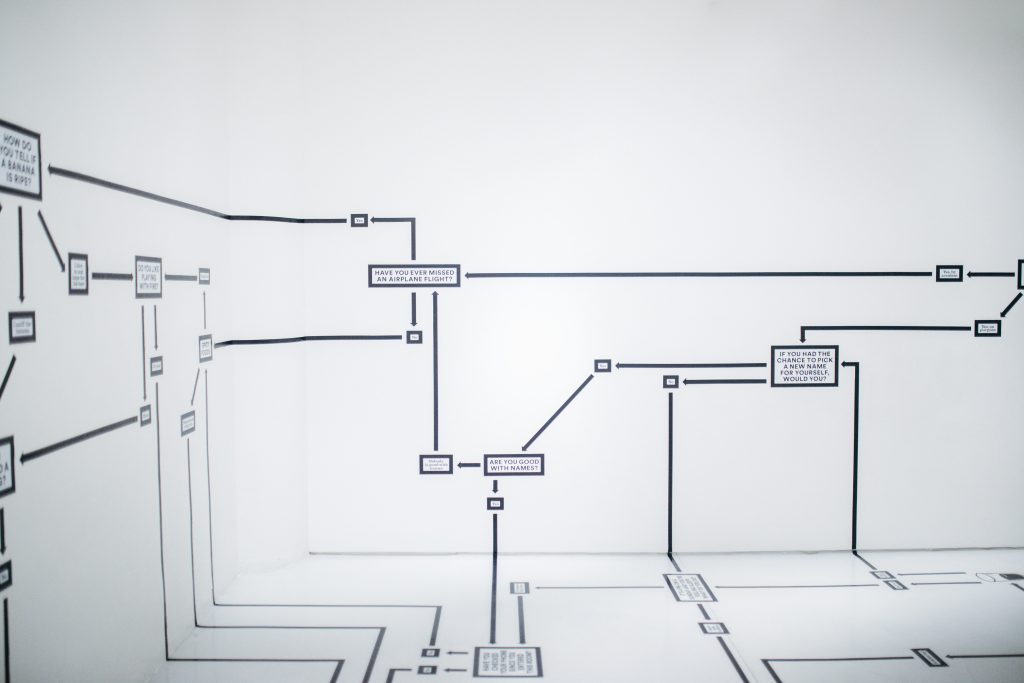You may have an emergency preparedness plan for your home and family – hopefully, at least. But what about your business? A well-prepared business is one that can quickly and effectively address an emergency and take action. It is a business that will recover faster and be able to more easily accommodate needs for the future. In today’s world, your business could face numerous disruptive emergencies. Certainly, many designers were hit with the disruptions that Covid created. The supply chain issue alone affected many businesses. But businesses also face other potential disaster disruptions. They can come in many forms. That may include wildfires, power outages, cyberattacks, or extreme weather. Or it may come from internal challenges – family emergencies or health challenges affecting you or your team members. Don’t wait until an emergency happens – have a plan in place so you can get back on your feet as soon as possible.
Will a Disaster Break Your Business?
According to the Federal Emergency Management Agency (FEMA), 40% of businesses do not reopen following a disaster. Another 25% fail within one year. The Small Business Administration (SBA) reports that over 90% of companies fail within two years of being struck by a disaster. Do you have enough money in your savings account to be able to cover your overhead for 3-6 months? If a disaster happens, you may not be able to open your doors for a week or a month or longer. With an effective plan and financial stability, you can be proactive and not be one of those businesses that fail.
With those statistics in mind, it is worth the effort to have a plan in place. You have put too much work into building your business to lose it because you were not prepared.
How to Create an Emergency Plan
To be prepared first assess your risk, then create a plan, and finally execute that plan. If you think about it, it’s similar to the design process. You assess your client’s needs, create their design, and then execute that design. The good news about creating an emergency preparedness plan is that you don’t have to start from scratch. There are a variety of resources out there to help you create your plan.
Some of the resources available to you include the following:
- The SBA has advice about preparing for emergencies and getting your company back in operation financially after an emergency.
- Federal agencies and offices in your home state have guidelines for you. They have checklists and resources for you to customize a preparedness plan that best fits your business.
- Through the Ready Business Initiative, the Department of Homeland Security and FEMA have toolkits, business plans, and training exercises for businesses of all sizes.
- The IRS has information about paperless business recordkeeping and how to create stability of operations in case of an emergency/disruption.
- Also the Federal Trade Commission (FTC) offers guidelines for dealing with weather emergencies. They include family emergency preparedness, financial recovery, spotting scams, and links to resources from other government agencies.
Protect Your Assets
Address how you will protect your staff. Most importantly share the preparedness plan with them. It can be helpful to include them in the planning itself.
A very important part of your plan should be to back up your data. What would happen if there is a weather emergency, or a fire or flood in your office that would destroy essential paperwork? How would your business operate? What happens if a cyberattack locks you out of your network? Having an IT expert either on your staff or as part of your external team is crucial. They can work with you to be sure you are taking the steps necessary to securely back up your business records. The FTC also offers some practical advice in their Cybersecurity Basics for Small Business.
Protecting your important assets starts with knowing what you have:
1) Conduct an information inventory. Be sure you know exactly what data you have and where it is stored. That includes file cabinets, office and home computers, laptops, smartphones, etc. It’s also important to consider which employees have access to what data, and how to access it if someone is unavailable.
2) Streamline what you collect and what you keep. Obviously, it’s easier to protect a smaller amount of data and regular purging of unnecessary digital files and paperwork should be included for your business. This will also make the recovery process faster.
Stay Agile
In addition to preparing for natural or cyber disasters, apply the resources available and include other types of disasters in your plan. Preplanning allows you to avoid being reactive and instead be proactive. What can you do if you run into supply chain issues? Do you have a plan in place in case you have a nightmare client? What about a plan in place in case you have a personal or medical emergency? Is your team prepared to take over immediately? And if you don’t have a team, what is your contingency plan if you are unable to work because of a personal emergency?
Use your team members or other designers to brainstorm ideas for these and other possible emergencies. They can not only offer a variety of ideas, but you can help each other in planning for these possible emergencies. Community is important during a disaster, so invest in building a strong network before you need it.
Finally, use your influence and connections in the community to share your knowledge. When disasters occur, scammers come out of the woodwork. You can use your position in the community to warn the public of these possible scammers and share advice about finding reliable companies with whom to work. You will be providing a valuable service and will be remembered as being part of the solution.
